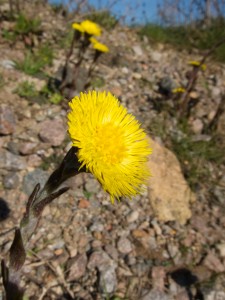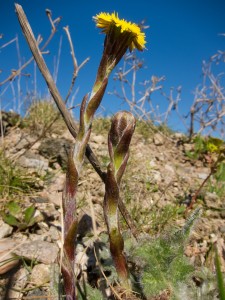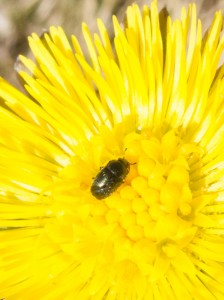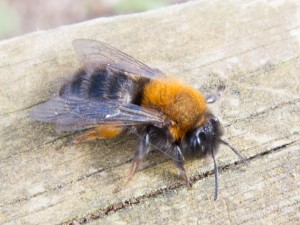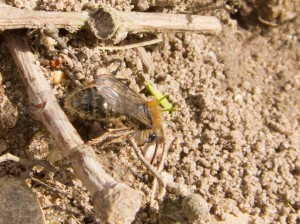So, feeling bad about not checking on my terns, I’ve paid two visits this week. First, an evening trip after work on Monday. The majority of the noise and activity was from the tern rafts – other birds such as the swifts were not present in great numbers and the big gulls were still down at the far end of the water.
The birds seemed to be busy setting up territories with quite a bit of squabbling going on when an interloper tried to land – they could land on certain parts of the raft, but not others. Most parts of the raft had only one bird in place – mainly sitting, have a preen or shouting at the other terns. Sitting around the edge of the raft in general seemed to be tolerated, particularly on the larger, higher new raft. Landing, within the confines less so. I did see some digging around by a couple of birds – not sure what they were digging into or if it was some sort of bonding ritual, and I also saw the presentation of a newly caught fish from one tern to another – that seemed much clearer. I left feeling that all was well with my terns and looking forward to watching them next weekend.
However, the weather in between then and now has been terrible -strong winds, thunder, lightning and lots of rain. The results were fairly predictable. Returning today (Sunday) it was noticeable that a number of the older, shallower rafts were under water to some extent again. Whilst they were occupied I think it was just somewhere for the terns to sit and have a rest. I hope that none had laid their eggs in the last week – if they did, will they lay again? I have no idea. The other, more robust rafts, were still occupied although I’m not sure how many birds were there – I saw the tips of some wing feathers peeking over the top but couldn’t be certain that there were more than a couple of birds in residence.
I did get a good view of the terns fishing – they looked beautiful backlit by the sun, at times almost hovering, wings and tail spread, at other times they zoomed past so fast on the gusts of wind they appeared as just a white flash through my telescope. More wet weather is forecast for the coming week – I just hope that the birds sit tight and keep away from those old rafts.
The water is quite quiet apart from the terns at the moment, but I did notice a fairly sizeable chick with one of the great crested grebes – I guess they nested quite early this year. Note to self – find out when great crested grebes usually nest.

